Each April, on Earth Day, the world takes a moment to reflect on our natural environment, and evaluate our impact on that environment. Microsoft has committed to become carbon negative, water positive and zero waste company by 2030, all while protecting ecosystems. Microsoft is focused on building a more sustainable future – a goal that is shared with Windows 11 PC partners.
Microsoft and its device partners are addressing sustainability objectives through the design, use and end of life management of Windows devices. Microsoft has identified six specific ecosystem wide objectives to address with these partners: improved energy efficiency, sustainable packaging, increased recyclability and use of recycled materials, improved repairability, reduction in manufacturing carbon emissions, and finally, the promotion of sustainability standards and regulations that will help achieve these goals.
The Windows team continues to be deeply engaged with hardware and software partners across the Windows device ecosystem. They’re all working with governing bodies in multiple countries to continue the journey of making more sustainable improvements in coming releases. This includes making it easier for consumers to find trade-in, recycling and refurbishment programs such as the Microsoft Authorized Refurbisher (MAR) program. This program issued over 4.8 million Windows licenses to refurbished computers in 2021, a hazardous waste reduction equivalent to the weight of more than 55,000 refrigerators.
Within Windows 11, there are more settings for power savings. Enabling all recommended energy-efficient settings, such as power, battery, screen brightness and dark mode – all which can be set from one panel – helps fill out the energy leaf meter that indicates how eco-friendly settings are. Power-efficient settings help extend your battery longevity by minimizing the amount of charging cycles it goes through.
In addition to providing more energy efficient settings, Windows 11, when/where available*, can schedule software updates at specific times of day when lower carbon electricity options are powering the grid, resulting in lower carbon emissions. Default settings for sleep and screen shutoff have been updated to reduce energy consumption when your PC is idle.
Microsoft’s hardware partners are thinking and doing in unconventional ways to accelerate innovation as they continue to demonstrate their commitment to the planet’s sustainability. Here are some examples:
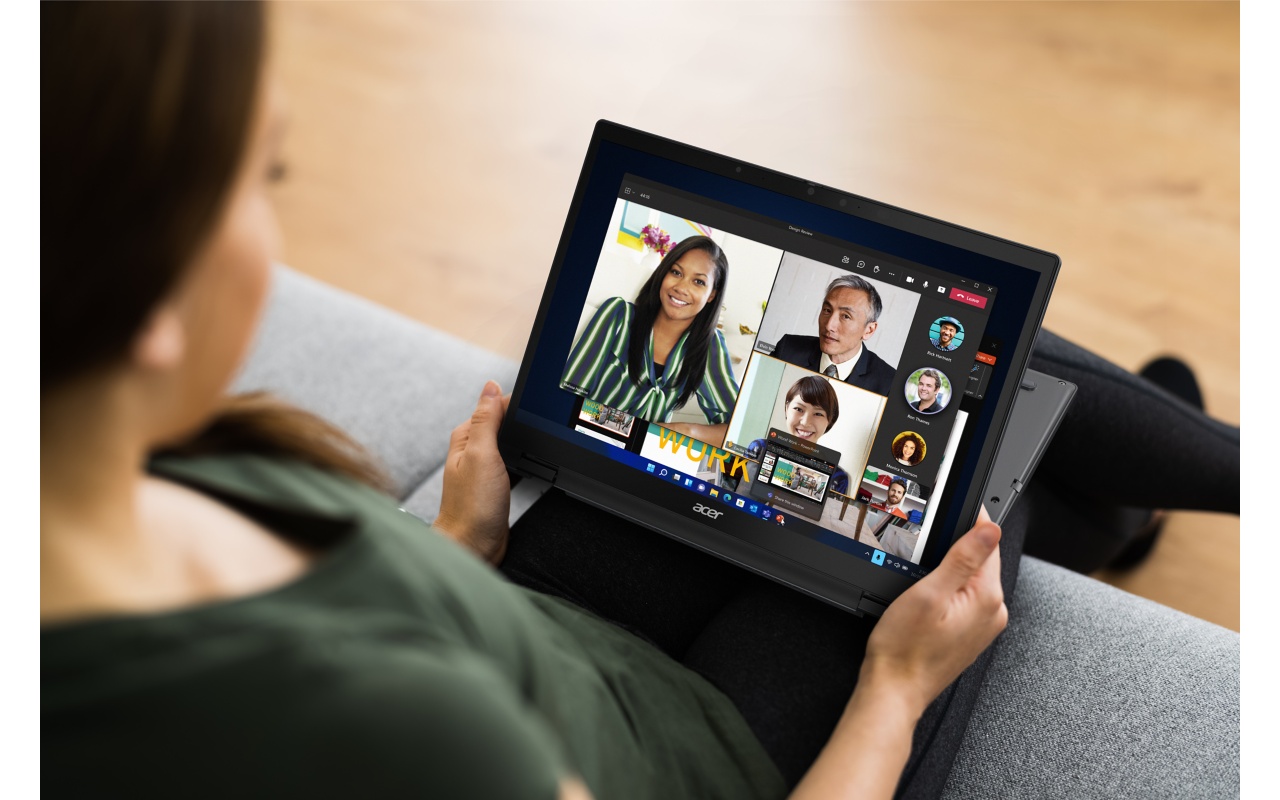 Available in both Intel and AMD models, the Acer TravelMate Spin P4 is an ultralight Microsoft Secured-core PC made from recycled materials to reduce harm to the earth. It’s EPEAT Gold compliant and TCO 9 certified; using up to 34.5% post-consumer recycled plastic and 100% recycled packaging materials.
Available in both Intel and AMD models, the Acer TravelMate Spin P4 is an ultralight Microsoft Secured-core PC made from recycled materials to reduce harm to the earth. It’s EPEAT Gold compliant and TCO 9 certified; using up to 34.5% post-consumer recycled plastic and 100% recycled packaging materials.

The sleek, minimalist and precision-machined chassis of the ASUS Expertbook B9 delivers on both portability and toughness. This a carbon-neutral business laptop that surpasses ENERGY STAR standards, adopting post-industrial recycled metal and FSC Mix-certified paper to reduce carbon footprint and offset residual emission with nature-based carbon credits.
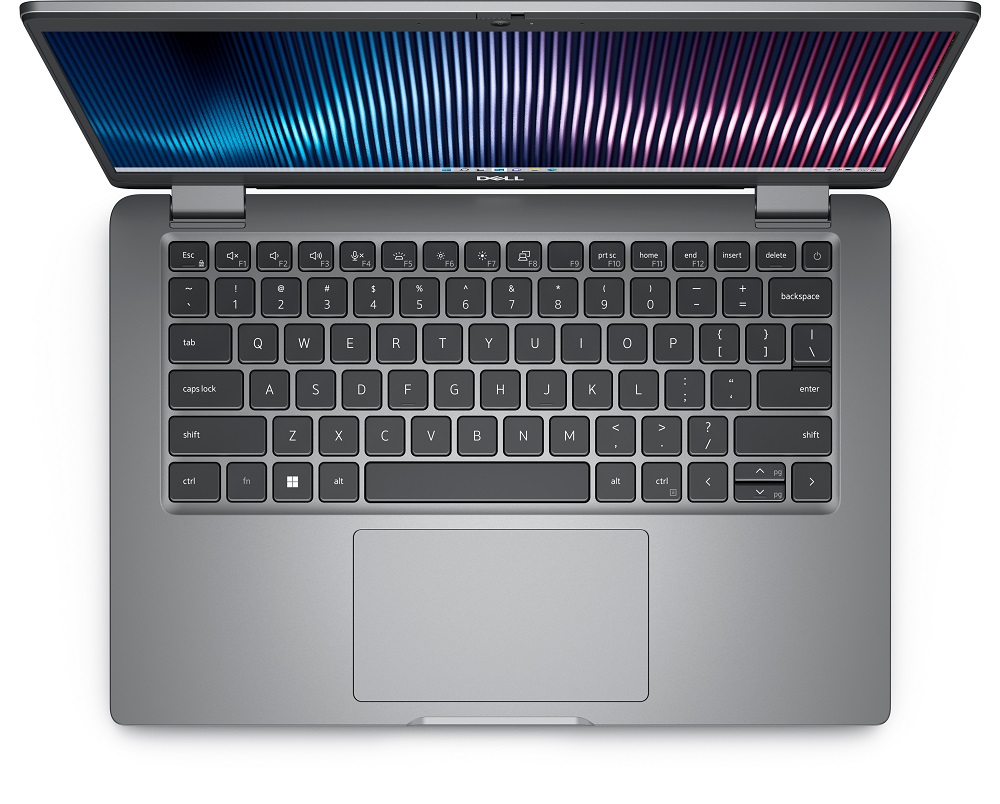
The EPEAT Gold registered Latitude 5000 series, available in 13-inch, 14-inch and 15-inch options, is Dell’s most sustainable Latitude program yet – shipping with 100% recycled and renewable packaging and designed with an innovative use of renewable materials, reclaimed carbon fiber and ocean-bound and recycled plastics.
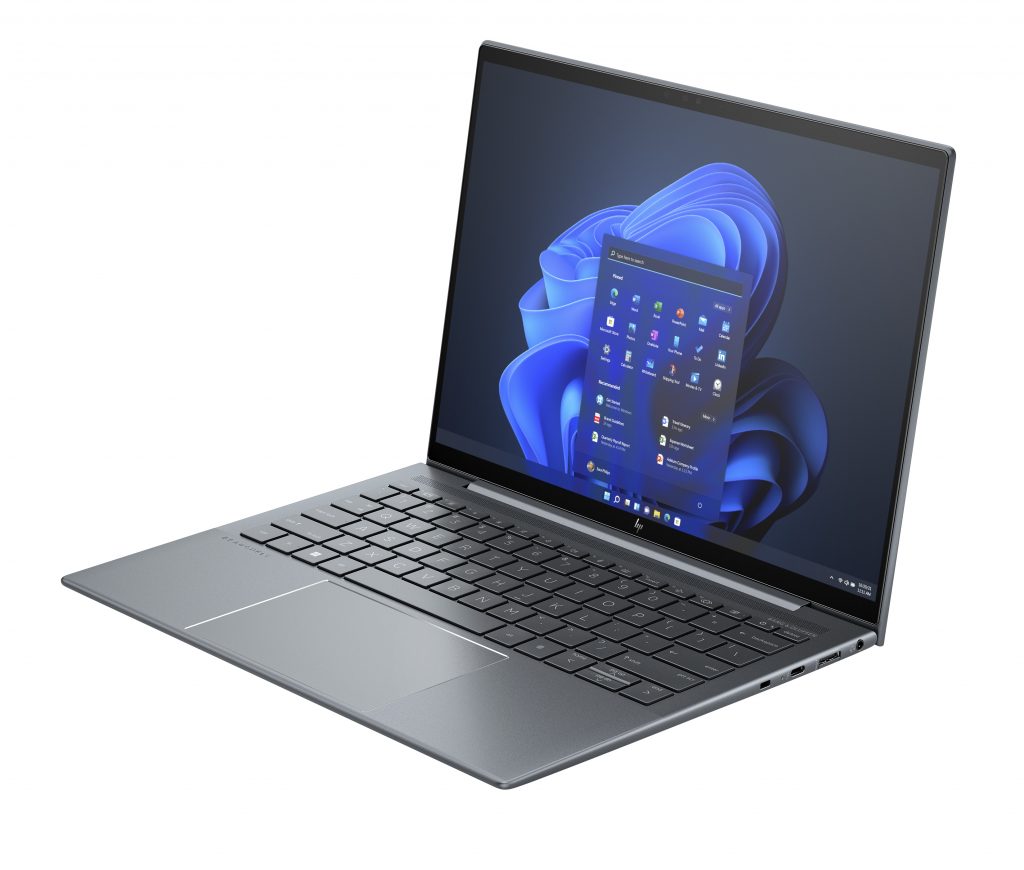
With an enclosure that includes 90% recycled magnesium and packaging that’s 100% sustainably sourced, the HP Dragonfly G4 is an ultralight PC with new intuitive video conferencing innovations aimed at recharging hybrid work. To conserve battery life, Intelligent Hibernate learns how you’re using the PC so it goes to sleep when idle and wakes back up quickly for an instant-on experience to help you get going faster.
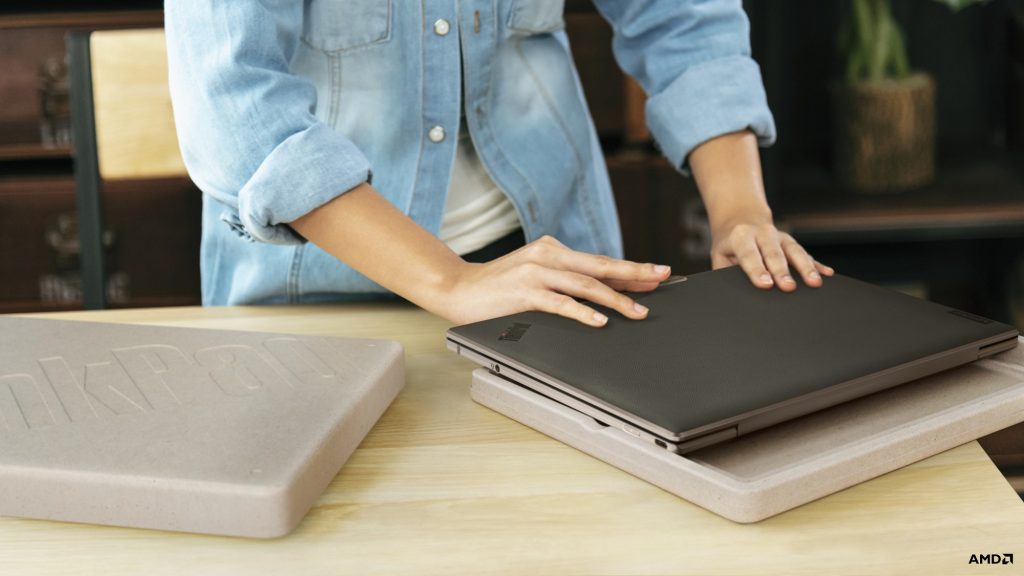
The Lenovo ThinkPad Z 13 features sustainable materials, such as 75% recycled aluminum and black vegan leather made from 95% recycled plastic (polyethylene terephthalate). Sustainability extends to the packaging, made from 100% recyclable and compostable bamboo and sugarcane. Even the AC power adapter was designed with intent, as it uses 90% Post-Consumer Content (PCC).
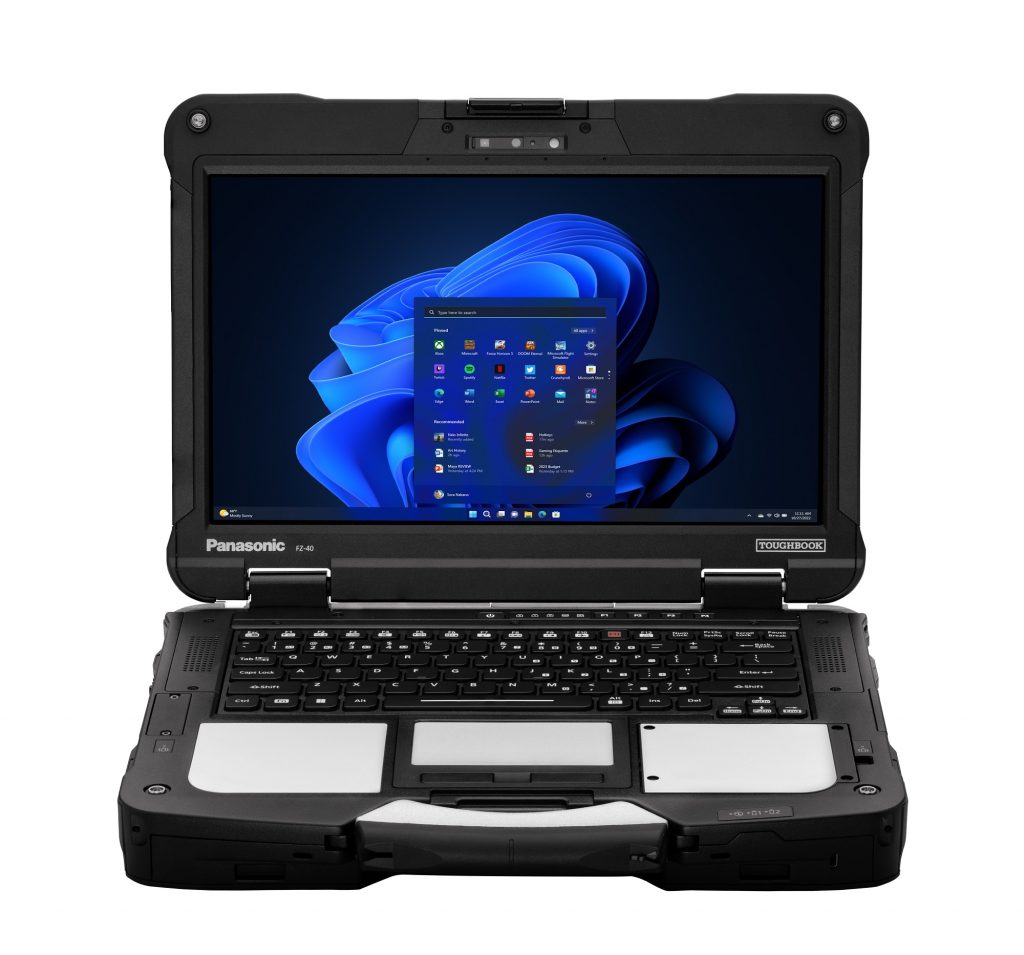
The rugged Panasonic TOUGHBOOK 40 is designed with both sustainability and durability in mind. With components that allow users to repair the PCs themselves and a long battery life that helps minimize the number of lifetime charges, this device enables eco-friendly usage.

The recently announced Galaxy Book3 Pro 360 is a TCO certified 2-in-1 laptop designed in alignment to Samsung’s sustainability goals of repairability, use of recycled plastics and including circuits designed to reduce electricity loss of devices with OLED panels.
Learn more about how Microsoft and its PC partners are working together to make real, sustainable changes by thinking outside the box as they protect the planet.
* When devices are plugged in, turned on, connected to the Internet and where regional carbon intensity data is available from WattTime.
Source: Windows Blog
—